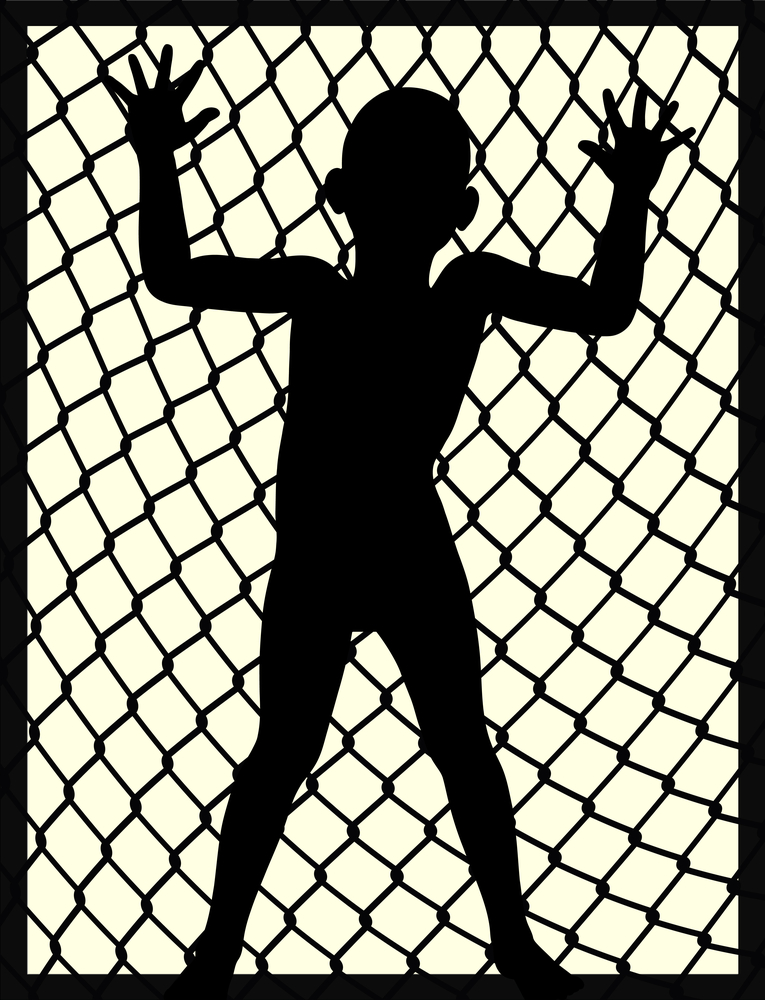
Sangoiri/Shutterstock
.
Steven Cave’s transformation happened in spite of a system that calls itself correctional but instead, he says, perpetuated his worst traumas, beliefs and behaviors. He entered that system in the state that has sentenced the most minors to life without parole, and where solitary confinement was a favorite method of punishment. In 2013, the Department of Justice found the state’s use of it in several facilities was unconstitutional.
Pennsylvania was the first state to institute the practice of confining prisoners alone in single cells. It started when a jail in Philadelphia became Eastern State Penitentiary, the country’s first state prison, in 1790. That was one year before the Eighth Amendment prohibited cruel and unusual punishment, and more than 200 years before the DOJ found the state’s use of solitary violated that amendment.
For more information on mental health, go to JJIE Resource Hub | Mental Health and Substance Use Disorders
There are many people advocating for broad reforms in access to mental health treatment in prisons, said Carol Fisler, director of mental health and diversionary programs at the Center for Court Innovation. A problem, she said, is widely varying willingness by prosecutors and judges to allow people charged with crimes, especially violent ones, to remain free and able to access community-based services.
[Related: Twisted By Extreme Child Abuse, Man Is Rehabilitated By Loving Relationship]
“We just say, ‘Lock ‘em up,’ and then we leave it to the correctional facility to figure out what kind of screening is appropriate,” Fisler said. “And their goals, of course, are inmate safety and staff safety, not treatment.”
One of the most effective ways to change that is to train staff to understand trauma and how it relates to behavior, according to Joan Gillece, director of the National Center for Trauma-Informed Care. Her organization is training staff at all of Maryland’s correctional facilities to achieve safety in ways that don’t inflict more trauma on people whose dangerous behavior is often an adaptation to painful experiences they’ve lived.
“Oftentimes, the officers or the direct care staff — the people who have the most direct contact with the youth or the adults served — get the least amount of opportunity to get that real understanding of not what’s wrong with you, but what happened to you,” Gillece said. “But when they do, I’ve seen really incredible things happen.”
One officer realized that girls were banging on their cell doors at night not to create problems, but because their traumas had tended to occur at night and it was a difficult time for them. The officer started reading to them at night.
A cultural shift is happening in some places, but it is only possible when the leadership is committed to it, she said.
Recognizing how fine the line between being an offender and a victim can be is essential to getting policies right, said Josh Rovner, a senior advocacy associate at The Sentencing Project, which fights for fairer sentencing and alternatives to incarceration. As he listened to what happened to Cave as a child, Rovner gasped.
“Oh my God,” he said. “This is someone who needed to be protected from his community as opposed to having the community protected from him.”
First , I think that our momentum needs to change from incarcerating underage citizens to creating environments where these young people can be helped to rehabilitate and learn to love and be loved. We have to come up with policy changes in government to close all juvenile holding centers/halls/prisons what ever they are called. Then we need to bring on board programs already in use that are so successful to treat young citizens.